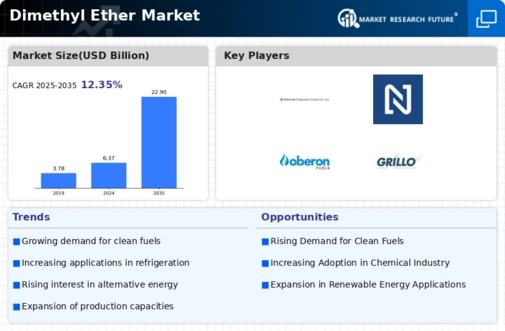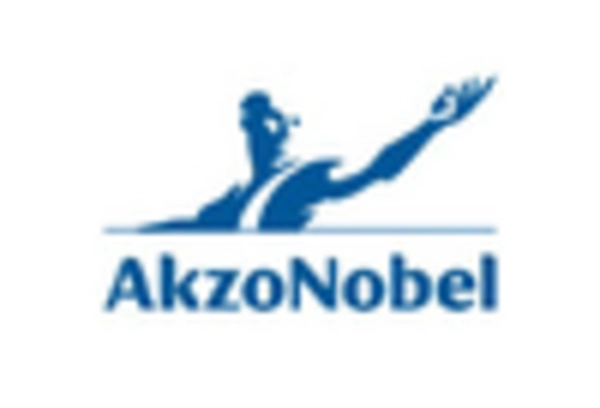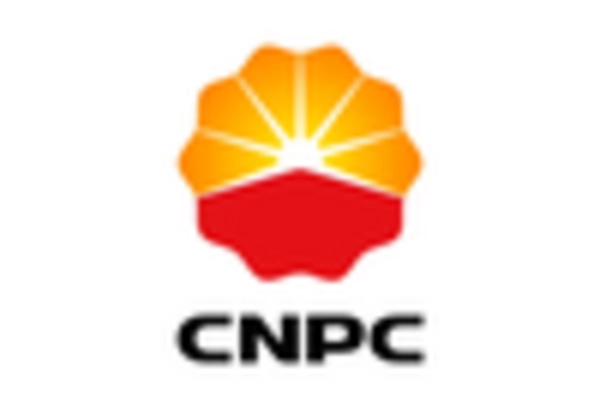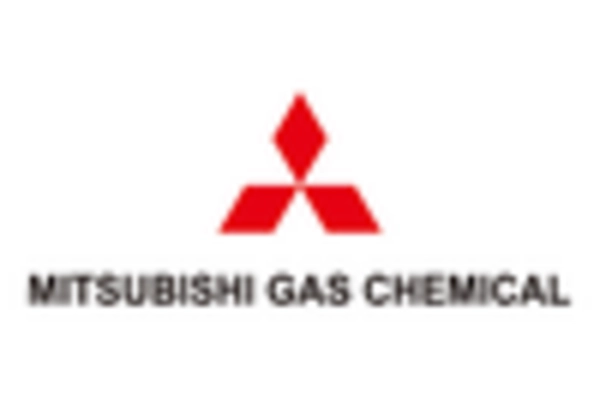Market Trends
Key Emerging Trends in the Dimethyl Ether Market
Dimethyl ether (DME) is emerging as a significant petrochemical with diverse applications, primarily in the fuel sector and as an aerosol propellant. The current surge in demand for DME is propelled by the increasing deficits in Liquefied Petroleum Gas (LPG) in countries already grappling with limited oil and gas reserves. The abundant coal deposits in the Asia-Pacific region, coupled with stringent emission regulations, are pivotal factors expected to fuel the future growth of the DME market. LPG serves as a fundamental household fuel and finds extensive use across various industries. The demand for LPG is witnessing rapid escalation, particularly in developing nations, driven by industrial expansion and population growth. The stable production and escalating consumption of LPG are amplifying the deficits in various countries, leading to an increased reliance on imports.
Dimethyl ether (DME) emerges as a dependable substitute for propane within LPG and can be seamlessly blended with LPG, comprising up to 20.0%, without necessitating changes to the existing infrastructure. This unique application of DME has created a scenario in the market where companies, in collaboration with governments and other institutions, are actively advocating for the consumption of DME for LPG blending. Consequently, the DME market is robustly propelled by the strategic interest of numerous countries seeking to address their LPG deficits and, in turn, decrease their reliance on imports.
The Asia-Pacific region, endowed with rich coal deposits, stands out as a significant driver for the DME market. The stringent emission norms imposed by various countries in this region are compelling industries to explore cleaner alternatives, with DME emerging as a viable and eco-friendly solution. This growing inclination towards environmentally sustainable practices is expected to further boost the adoption of DME in the coming years.
Additionally, the demand for DME is intricately linked to the deficits in LPG faced by nations. As industrialization and population growth drive up the consumption of LPG, the deficits become more pronounced, making these countries increasingly dependent on external sources. In this context, DME presents itself as a versatile solution, offering the potential to address LPG deficits without the need for significant infrastructure modifications.
Furthermore, the compatibility of DME with existing LPG infrastructure, allowing for blending without major adjustments, adds to its attractiveness as a strategic solution. This characteristic positions DME as a pragmatic and cost-effective approach for countries looking to reduce their dependence on LPG imports.
The surge in demand for Dimethyl ether (DME) is intricately tied to the growing deficits in Liquefied Petroleum Gas (LPG) faced by countries with limited oil and gas reserves. The rich coal deposits in the Asia-Pacific region and stringent emission norms are pivotal drivers for the increasing interest in DME as a potential solution. As countries seek to mitigate their LPG deficits and reduce import dependency, the versatility and compatibility of DME with existing infrastructure make it a compelling choice for blending with LPG, further propelling the growth of the DME market.

















Leave a Comment